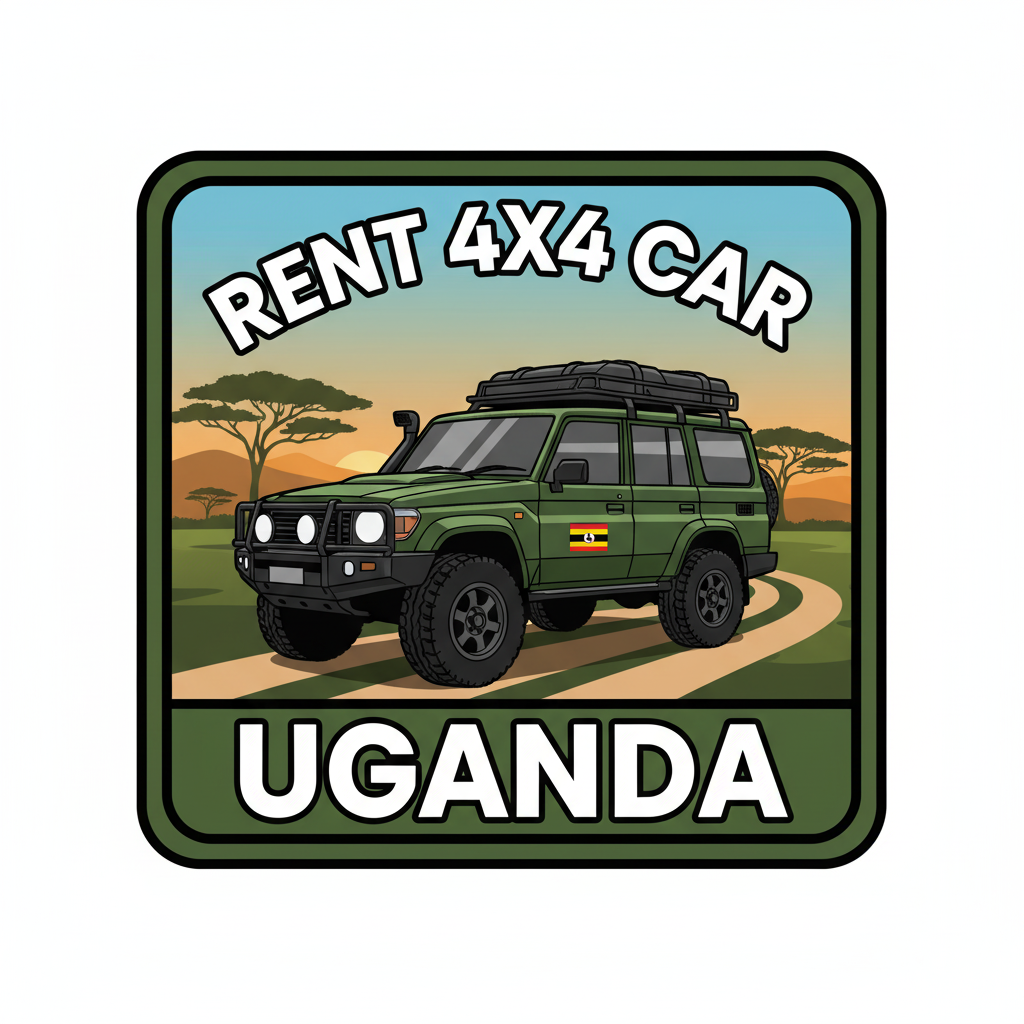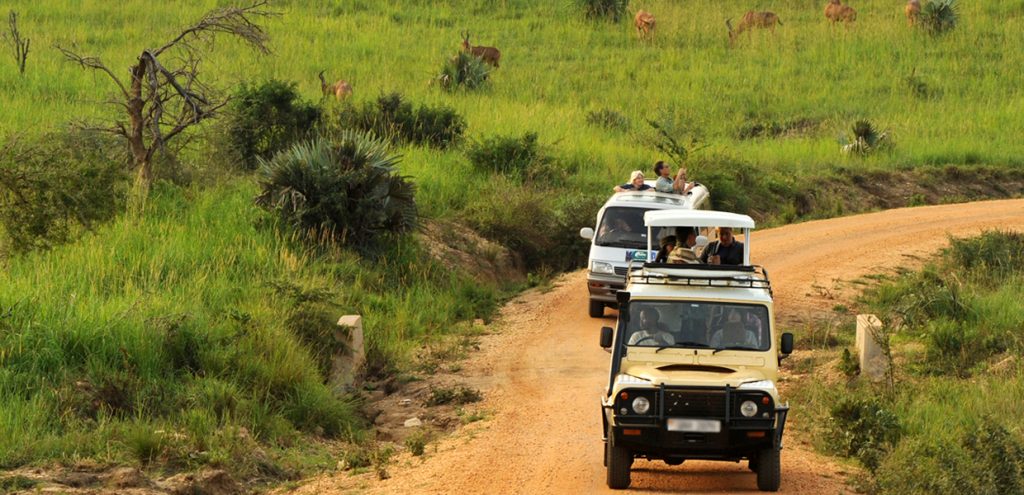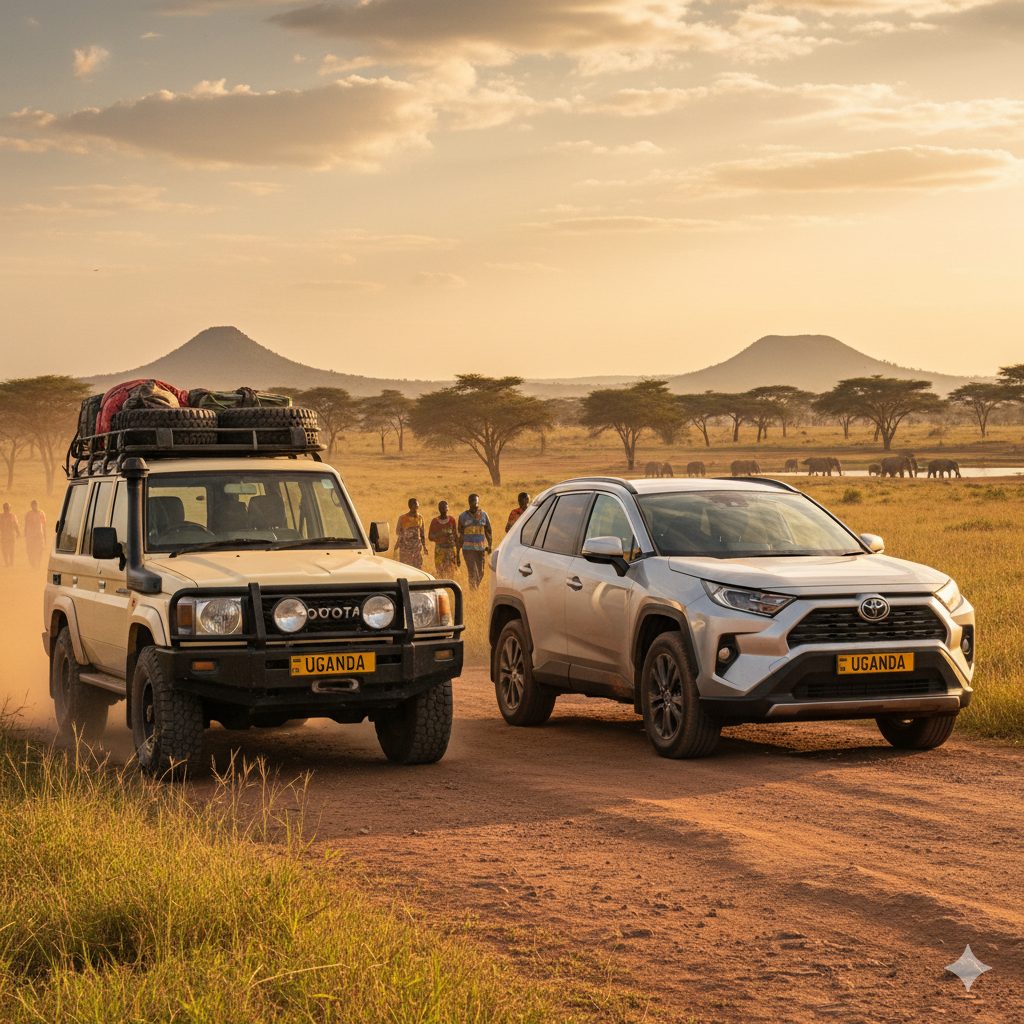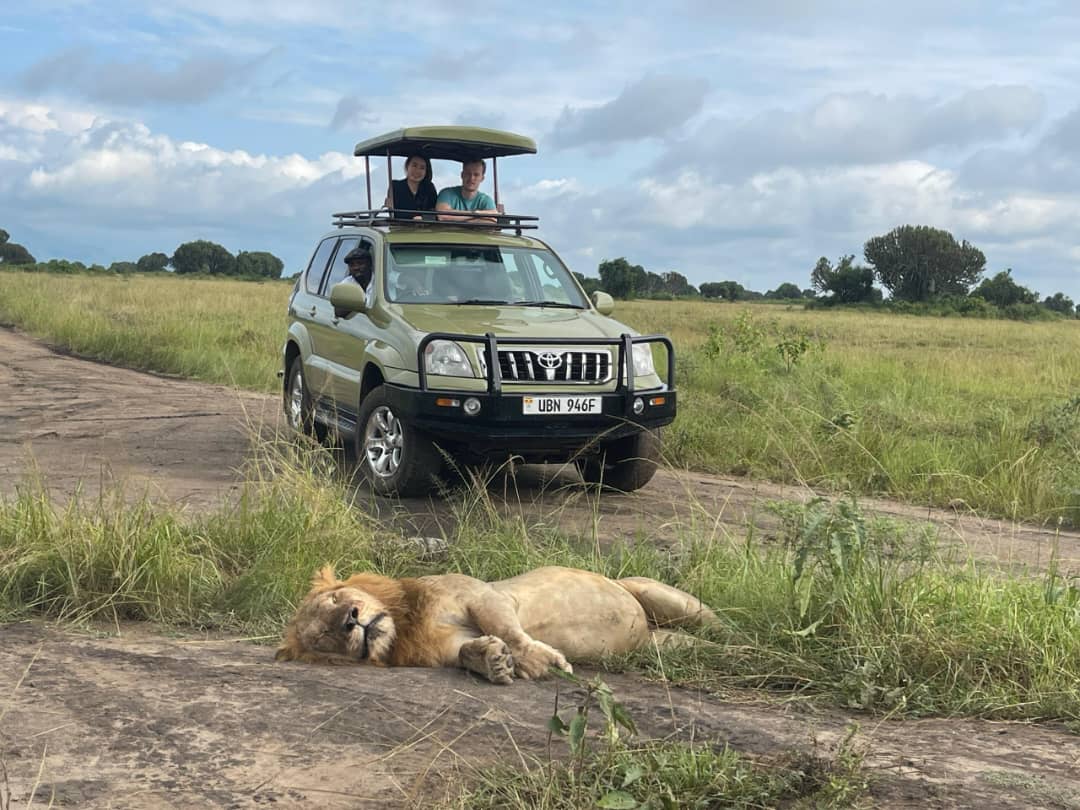Uganda offers some of the world's most amazing wildlife experiences, breathtaking landscapes, and rich cultural…
Everything You Need to Know About 4×4 Car Rental in Uganda
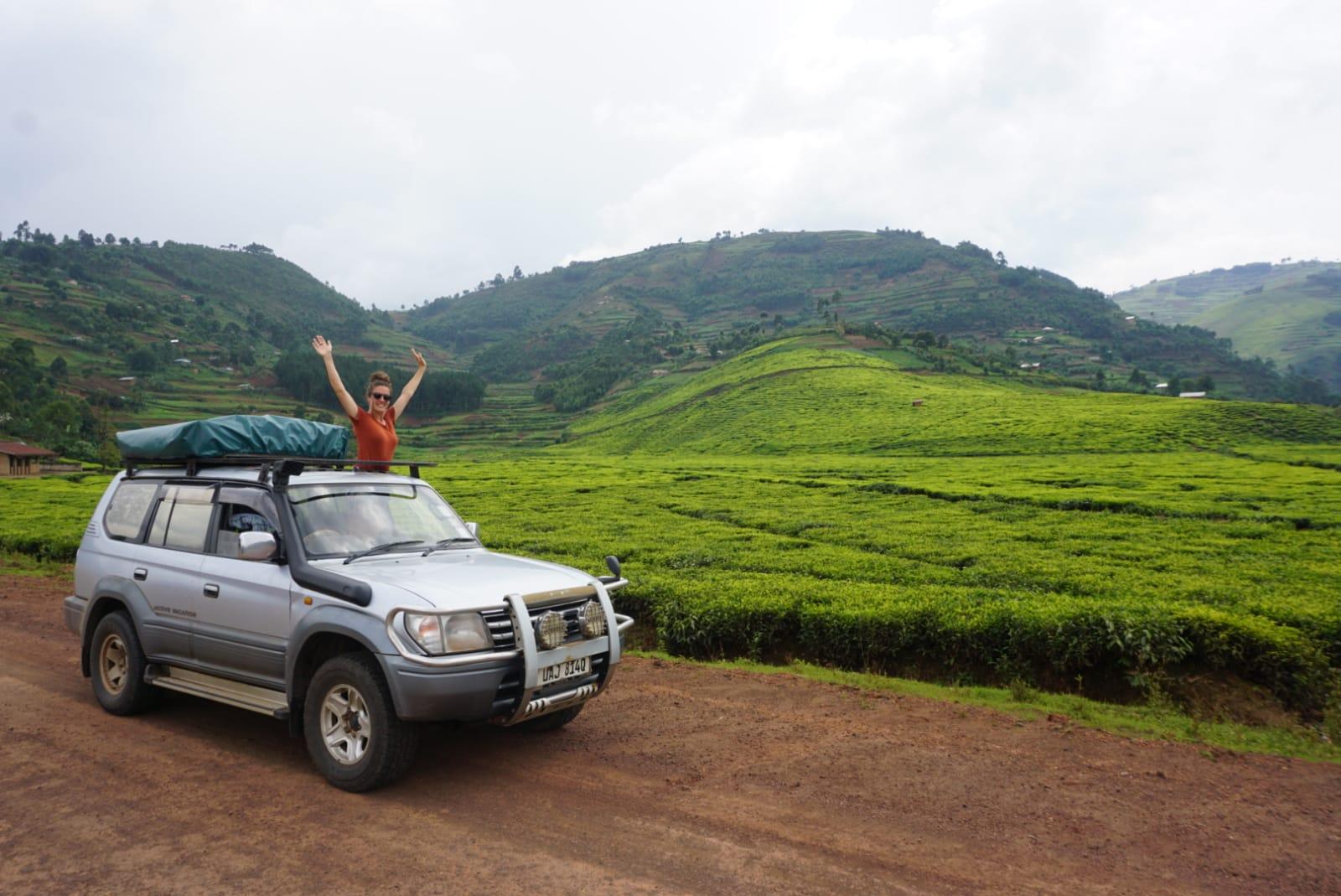
Uganda’s spectacular landscapes and diverse wildlife destinations offer some of Africa’s most rewarding safari experiences, but accessing these natural treasures requires proper transportation. From the misty mountain roads leading to gorilla habitats in Bwindi to the remote wilderness tracks of Kidepo Valley, Uganda’s terrain demands vehicles built for adventure. This comprehensive guide provides everything you need to know about 4×4 car rental in Uganda, ensuring your safari adventure is both safe and unforgettable.
Why 4×4 is Essential for Uganda Travel
Uganda’s road infrastructure presents unique challenges that make 4×4 vehicles not just recommended, but often essential for safari travel. Understanding these challenges helps explain why investing in proper 4WD capability is crucial for successful Uganda adventures.

Diverse Terrain Challenges
Uganda’s geography encompasses everything from paved highways to mountain tracks, muddy forest roads, and seasonal river crossings. The country’s equatorial location means sudden weather changes can transform passable roads into challenging obstacles within hours. Even well-maintained park access roads can become treacherous during rainy seasons, requiring vehicles with superior traction and ground clearance.
Major national parks like Queen Elizabeth and Murchison Falls feature internal road networks designed for game viewing rather than comfortable transportation. These tracks include steep inclines, loose surfaces, and obstacles that would strand conventional vehicles but provide exciting access to prime wildlife viewing areas for properly equipped 4x4s.
Seasonal Road Conditions
Uganda experiences two rainy seasons annually, dramatically affecting road conditions across the country. During wet periods from March to May and October to December, even major highways can develop challenging sections, while unpaved roads become nearly impassable without 4WD capability.
The dry seasons offer better overall road conditions, but many remote destinations remain accessible only to vehicles with high ground clearance and four-wheel drive systems. Understanding seasonal patterns helps travelers plan appropriate vehicle choices and route timing for optimal experiences.
Remote Destination Access
Uganda’s most spectacular wildlife destinations often require traversing challenging terrain to reach. Bwindi Impenetrable National Park, home to mountain gorillas, involves steep mountain roads with hairpin turns and significant elevation changes. Kidepo Valley National Park, Uganda’s most remote wilderness area, requires crossing rough terrain that tests vehicle capabilities and driver skills.
These remote locations offer unparalleled wildlife experiences and authentic adventure opportunities, but accessing them safely requires vehicles specifically designed for challenging conditions.
Types of 4×4 Vehicles Available
Understanding different 4×4 vehicle categories helps travelers select appropriate rentals based on group size, comfort preferences, and planned destinations.
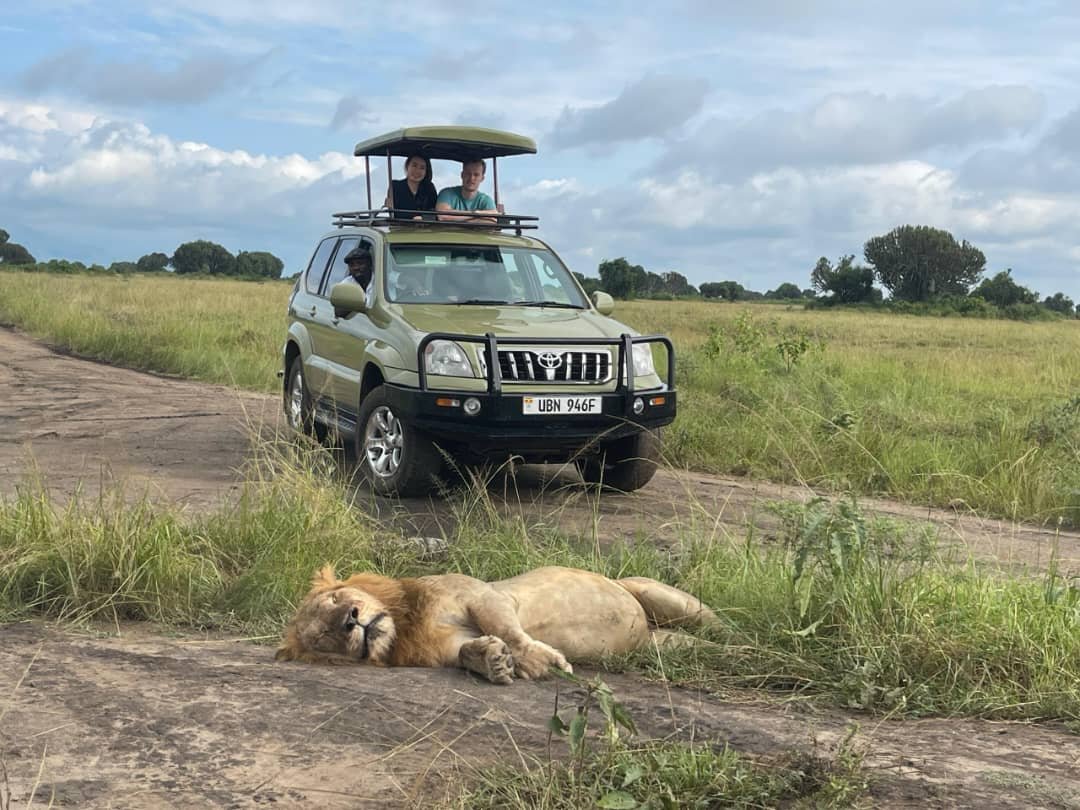
Toyota Land Cruiser Series
The Toyota Land Cruiser remains the gold standard for Uganda safari vehicles, offering proven reliability, excellent parts availability, and superior off-road capability. Different Land Cruiser models serve various needs and group sizes.
Land Cruiser Prado: Ideal for small groups (4-5 people), the Prado combines excellent off-road capability with reasonable fuel economy and comfortable interiors. These vehicles handle mountain roads excellently while providing adequate space for luggage and equipment.
Land Cruiser 200 Series: Larger groups benefit from the full-size Land Cruiser’s spacious interior and powerful engine. These vehicles excel in challenging terrain while offering premium comfort levels for extended safari journeys.
Land Cruiser 76/78 Series: The workhorse of African safaris, these utilitarian vehicles prioritize functionality over luxury. Popular with adventure travelers and budget-conscious groups, they offer uncompromising off-road capability with basic but reliable comfort.
Safari Van Conversions
Purpose-built safari vehicles combine 4×4 capability with features specifically designed for wildlife viewing and photography.
Extended Roof Safari Vans: These vehicles feature pop-up roofs or extended height cabins that allow passengers to stand while game viewing. Large windows and removable canvas sections provide excellent wildlife photography opportunities.
Customized Game Viewing Vehicles: Some rental companies offer vehicles modified specifically for wildlife viewing, featuring swivel seats, equipment storage, and enhanced visibility features.
Pickup Truck Options
4×4 pickup trucks offer versatility for travelers combining safari activities with other adventures or requiring cargo space for camping equipment.
Double Cab Pickups: These vehicles accommodate up to 5 passengers while providing significant cargo capacity for extended camping safaris or adventure equipment.
Single Cab Pickups: More affordable options suitable for adventurous travelers willing to prioritize capability over passenger comfort.
Vehicle Features and Specifications
Understanding key vehicle features helps travelers select rentals that match their specific needs and comfort requirements.

Essential Technical Specifications
Four-Wheel Drive Systems: Look for vehicles with selectable 4WD systems that allow switching between 2WD for fuel economy and 4WD for challenging terrain. Low-range gearing provides additional control for steep inclines and difficult surfaces.
Ground Clearance: Minimum 200mm (8 inches) ground clearance is essential for Uganda’s roads. Higher clearance vehicles access more remote locations and handle obstacles more easily.
Engine Power: Diesel engines are preferred for their torque characteristics, fuel availability, and economy. Turbo-diesel options provide additional power for mountain driving while maintaining reasonable fuel consumption.
Comfort and Convenience Features
Air Conditioning: Essential for comfort during hot season travel and long driving days. Ensure AC systems are well-maintained and effective.
Power Steering: Reduces driver fatigue during extended off-road driving and makes vehicle handling more manageable for less experienced drivers.
Reliable Electronics: GPS navigation, charging ports, and communication equipment enhance safety and convenience during remote area travel.
Safety Equipment
Spare Tires: Multiple spare tires are essential for remote area travel where tire damage is common. Verify spare tire condition and ensure proper mounting equipment is included.
Recovery Equipment: Basic recovery gear including tow straps, shovels, and traction aids can prevent minor obstacles from becoming major problems.
First Aid and Emergency Supplies: Comprehensive first aid kits, emergency communication devices, and basic survival supplies are crucial for remote area travel.
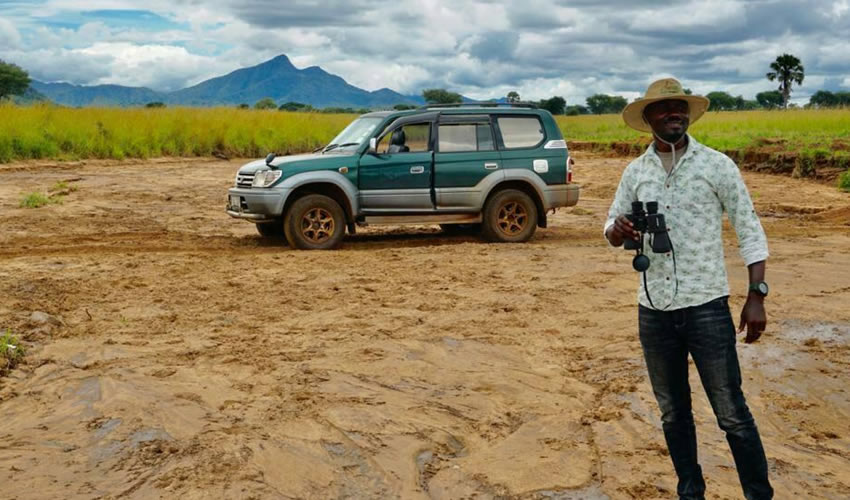
Rental Process and Requirements
Understanding rental procedures and requirements ensures smooth vehicle acquisition and legal compliance throughout your Uganda adventure.
Documentation Requirements
International Driving Permit: Uganda requires international driving permits in addition to home country licenses. Obtain IDP from authorized agencies in your home country before travel.
Passport and Visa: Valid passport with Uganda visa (or visa exemption documentation) is required for all rental agreements.
Credit Card: Major credit cards are essential for rental deposits and insurance coverage. Verify card acceptance and international transaction capabilities before travel.
Age and Experience Requirements
Most rental companies require drivers to be between 23-70 years old with minimum 2-3 years driving experience. Some companies impose additional restrictions for premium vehicles or remote area travel.
International 4×4 driving experience is highly recommended but not always required. However, rental companies may require additional orientation or restrict destination access for inexperienced drivers.
Rental Agreement Terms
Daily Rates: 4×4 rental rates vary significantly based on vehicle type, season, and rental duration. Expect premium pricing compared to conventional vehicles, reflecting the specialized nature and maintenance costs of 4WD systems.
Mileage Restrictions: Some rental agreements include daily mileage limits with additional charges for excess distances. Unlimited mileage options are available but typically cost more.
Geographic Restrictions: Certain rental agreements restrict travel to specific regions or prohibit border crossings. Clarify geographic limitations before signing rental contracts.
Insurance and Protection Options
Comprehensive Coverage: Full insurance coverage is strongly recommended for 4×4 rentals due to increased risks associated with off-road travel and remote destinations.
Deductible Considerations: Understand deductible amounts and coverage limitations. Higher deductibles reduce daily rates but increase financial exposure for damage claims.
Third-Party Liability: Ensure adequate third-party liability coverage meets Uganda’s requirements and provides reasonable protection for potential incidents.
Cost Considerations and Budgeting
4×4 rental costs in Uganda vary significantly based on multiple factors that travelers should understand for accurate budget planning.
Daily Rental Rates
Economy 4×4 (Pickup trucks): $60-90 per day Mid-Range 4×4 (Prado/smaller SUVs): $90-140 per day Premium 4×4 (Land Cruiser 200 series): $140-200 per day Specialized Safari Vehicles: $160-250 per day
These rates typically include basic insurance but exclude fuel, additional equipment, and optional services.
Additional Costs
Fuel Expenses: Budget $40-80 per day for fuel depending on distances traveled and vehicle efficiency. Diesel prices in Uganda are comparable to regional averages.
Driver Accommodation: If hiring drivers, budget for their accommodation costs at each destination, typically $20-40 per night.
Equipment Rental: Camping gear, GPS devices, and additional safety equipment rental adds $10-30 per day depending on requirements.
Cost-Saving Strategies
Extended Rental Periods: Weekly and monthly rates offer significant savings compared to daily rentals. Negotiate extended period discounts for trips exceeding one week.
Off-Season Travel: Shoulder season rentals (March-May, September-November) often provide 20-30% savings compared to peak season rates.
Package Deals: Some companies offer packages including accommodation, activities, and vehicle rental for comprehensive savings.
Popular 4×4 Safari Routes
Understanding Uganda’s primary 4×4 safari routes helps travelers plan itineraries and assess vehicle requirements for specific destinations.
Classic Wildlife Circuit
Kampala to Murchison Falls: This route involves good highways transitioning to park access roads requiring 4WD capability. The journey showcases Uganda’s changing landscapes while providing access to spectacular wildlife viewing and the powerful Murchison Falls.
Queen Elizabeth National Park Loop: Internal park roads demand 4×4 capability for game drives, including the famous Kazinga Channel area and Ishasha sector known for tree-climbing lions.
Mountain Gorilla Adventures
Kampala to Bwindi Impenetrable Forest: This challenging route includes steep mountain roads with dramatic elevation changes. The final approach to gorilla trekking starting points requires vehicles capable of handling narrow, winding mountain tracks.
Mgahinga National Park Access: Similar mountain driving challenges with additional border proximity considerations for travelers planning cross-border adventures.
Remote Wilderness Expeditions
Kidepo Valley National Park: Uganda’s most challenging 4×4 destination requires crossing rough terrain and river crossings. This remote northern park offers exceptional wildlife viewing for travelers willing to make the challenging journey.
Mount Elgon Exploration: Mountain driving with unique challenges including high altitude conditions and specialized terrain requiring experienced 4×4 handling.
Maintenance and Breakdown Considerations
Remote area travel in challenging conditions increases breakdown risks, making maintenance awareness and preparation essential for successful 4×4 adventures.
Pre-Departure Vehicle Inspection
Mechanical Systems Check: Thoroughly inspect engine condition, transmission operation, brake system function, and steering components before departure. Address any concerns with rental companies immediately.
Tire Condition Assessment: Examine tire tread depth, sidewall condition, and proper inflation. Ensure spare tires are in good condition and properly mounted with necessary tools.
Fluid Level Verification: Check engine oil, coolant, brake fluid, power steering fluid, and differential oils. Carry additional fluids for extended remote area travel.
Emergency Preparedness
Communication Equipment: Satellite phones or GPS communicators provide emergency contact capability in areas without cell coverage. Many remote Uganda destinations lack reliable communication infrastructure.
Basic Repair Tools: Carry basic tool kits including wrenches, screwdrivers, tire repair equipment, and electrical supplies for minor repairs and adjustments.
Recovery Planning: Understand recovery procedures and costs. Many rental agreements include roadside assistance, but remote area recovery can be expensive and time-consuming.
Safety and Security Guidelines
4×4 travel in Uganda requires awareness of safety considerations beyond normal driving precautions.
Driving Safety Practices
Speed Management: Reduced speeds are essential on unpaved roads and during challenging conditions. Allow extra time for destinations to avoid pressure to drive unsafely.
Weather Awareness: Monitor weather conditions and avoid traveling during severe storms. Some roads become impassable during heavy rains, requiring flexible itinerary planning.
Wildlife Encounter Protocols: Understand proper procedures for wildlife encounters during driving. Maintain safe distances and avoid disturbing animals during game drives.
Security Considerations
Route Planning: Plan routes to avoid high-risk areas and travel during daylight hours when possible. Remote area travel requires additional security awareness.
Communication Schedules: Establish regular communication schedules with contacts to ensure assistance availability if problems arise.
Emergency Contacts: Maintain current contact information for rental companies, emergency services, and local authorities in visited regions.
Choosing the Right Rental Company
Selecting appropriate rental companies significantly impacts your 4×4 safari experience quality and safety.
Evaluation Criteria
Fleet Condition and Maintenance: Inspect company facilities and vehicle maintenance standards. Well-maintained fleets indicate professional operations and reduce breakdown risks.
Insurance Coverage Options: Compare insurance offerings and understand coverage limitations. Comprehensive coverage options protect against expensive damage claims.
Support Services: Evaluate roadside assistance availability, emergency response capabilities, and local support network extent.
Questions to Ask Rental Companies
Vehicle Age and Maintenance History: Request information about vehicle age, maintenance schedules, and recent service records for your intended rental.
Geographic Restrictions: Clarify any limitations on destination access or route restrictions that might affect your planned itinerary.
Emergency Support Procedures: Understand procedures for breakdowns, accidents, or other emergencies, including response times and cost responsibilities.
Read more about the frequently asked questions about renting a 4×4 car in Uganda for self drive safari.
Legal and Regulatory Considerations
Understanding Uganda’s vehicle regulations and legal requirements ensures compliance and prevents complications during your 4×4 adventure.
Traffic Regulations
Driving Side: Uganda follows left-hand traffic patterns inherited from British colonial influence. International drivers must adjust to this system if unfamiliar.
Speed Limits: Urban areas typically limit speeds to 50 km/h, highways to 80-100 km/h, and park roads to 40 km/h. Speed limit enforcement varies but fines can be significant.
Documentation Requirements: Carry proper documentation including international driving permits, rental agreements, insurance certificates, and vehicle registration documents.
Border Crossing Considerations
Regional Travel: Some rental agreements allow travel to neighboring countries including Kenya, Tanzania, and Rwanda. Verify cross-border permissions and additional documentation requirements.
Customs Procedures: Understand customs requirements for temporary vehicle importation if planning regional travel beyond Uganda.
Technology and Navigation
Modern technology enhances 4×4 safari experiences but requires understanding of capabilities and limitations in Uganda’s remote areas.
GPS and Navigation Systems
Offline Map Capabilities: Download detailed offline maps before departure as internet connectivity is unreliable in remote areas. GPS devices with preloaded Uganda maps are essential.
Coordinate Systems: Learn to use GPS coordinates for remote destinations where traditional addresses may not exist or be reliable.
Communication Technology
Satellite Communication: Consider satellite communicators for emergency contact capability in areas without cell coverage. These devices provide safety nets for remote area travel.
Local SIM Cards: Uganda SIM cards provide cost-effective communication within the country, though coverage varies significantly in remote areas.
Environmental Responsibility
4×4 travel in Uganda’s pristine environments requires conscious effort to minimize environmental impact and support conservation efforts.
Sustainable Travel Practices
Stay on Designated Tracks: Avoid creating new tracks or damaging vegetation by staying on established roads and designated camping areas.
Wildlife Disturbance Minimization: Maintain appropriate distances from wildlife and avoid behaviors that stress or disturb animals in their natural habitat.
Waste Management: Practice Leave No Trace principles by properly disposing of all waste and avoiding single-use items when possible.
Supporting Local Communities
Local Service Utilization: Use local guides, accommodation, and services to ensure tourism benefits reach community levels rather than only large operators.
Cultural Sensitivity: Respect local customs and traditions when traveling through communities near national parks and remote areas.
Final Recommendations
Successful 4×4 car rental in Uganda requires careful planning, appropriate vehicle selection, and realistic expectation setting. Choose vehicles based on your intended destinations, group size, and comfort requirements rather than just price considerations.
Prioritize safety through proper insurance coverage, emergency preparedness, and conservative driving practices. Uganda’s incredible wildlife and landscapes reward careful preparation with unforgettable experiences that justify the additional complexity of 4×4 travel.
Remember that 4×4 vehicles provide access to Uganda’s most spectacular destinations, but they also require respect for their capabilities and limitations. With proper preparation and realistic planning, your 4×4 rental will become the foundation for extraordinary Ugandan adventures that create lifelong memories.
Whether you’re tracking mountain gorillas through Bwindi’s misty forests, watching elephants along the Kazinga Channel, or exploring the remote wilderness of Kidepo Valley, your 4×4 vehicle serves as both transportation and gateway to Uganda’s natural treasures. Choose wisely, prepare thoroughly, and prepare for the adventure of a lifetime.
Ready to explore Uganda’s incredible destinations with the freedom and capability that only 4×4 vehicles provide? Contact us today to begin planning your ultimate Uganda adventure with the perfect vehicle for your needs and destinations. Check out some of these top 4×4 rental cars in Uganda available starting from US$ 50 per day. You can book online by email to info@rent4x4caruganda.com or call us now on +256-700135510 to speak with the reservations team.
